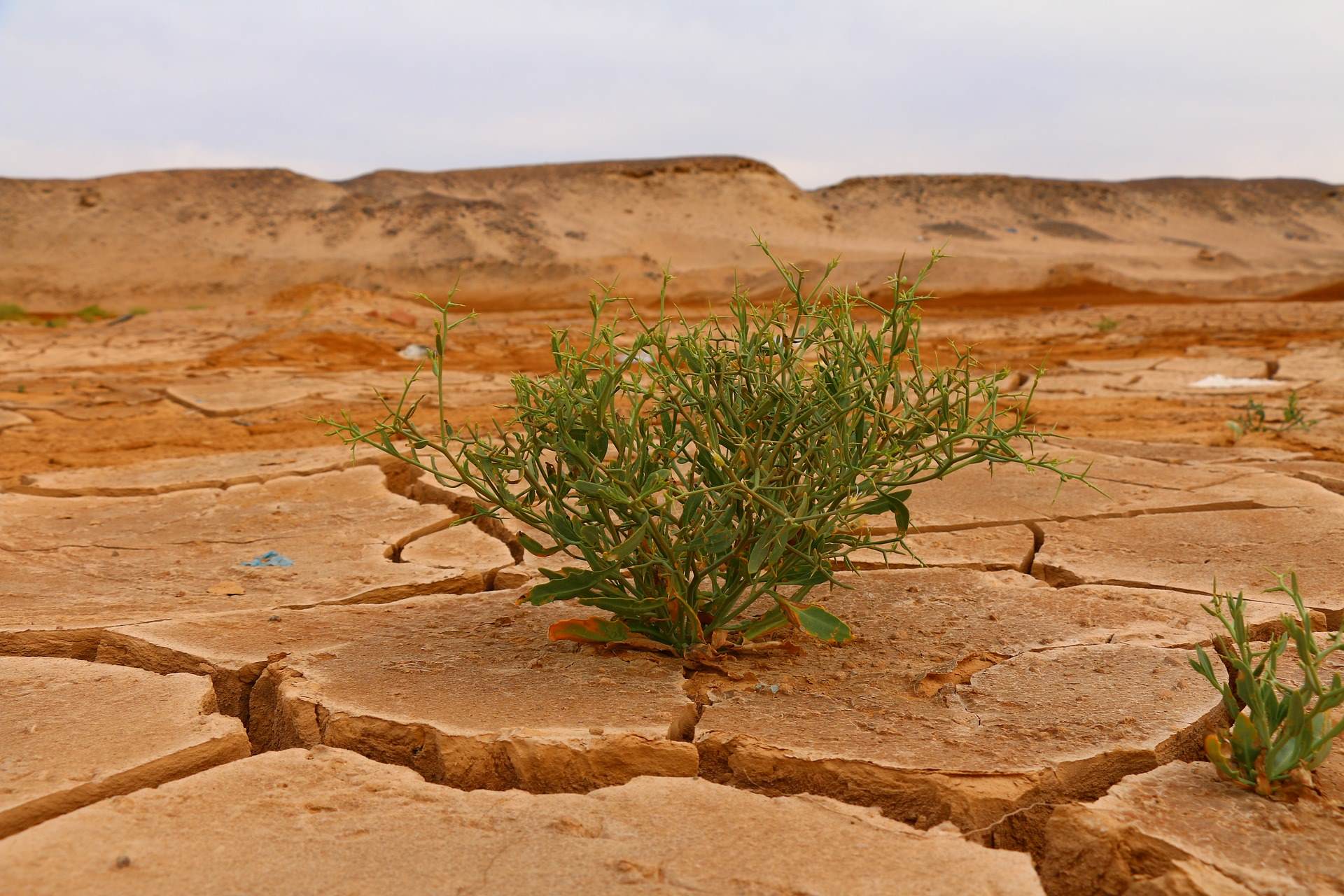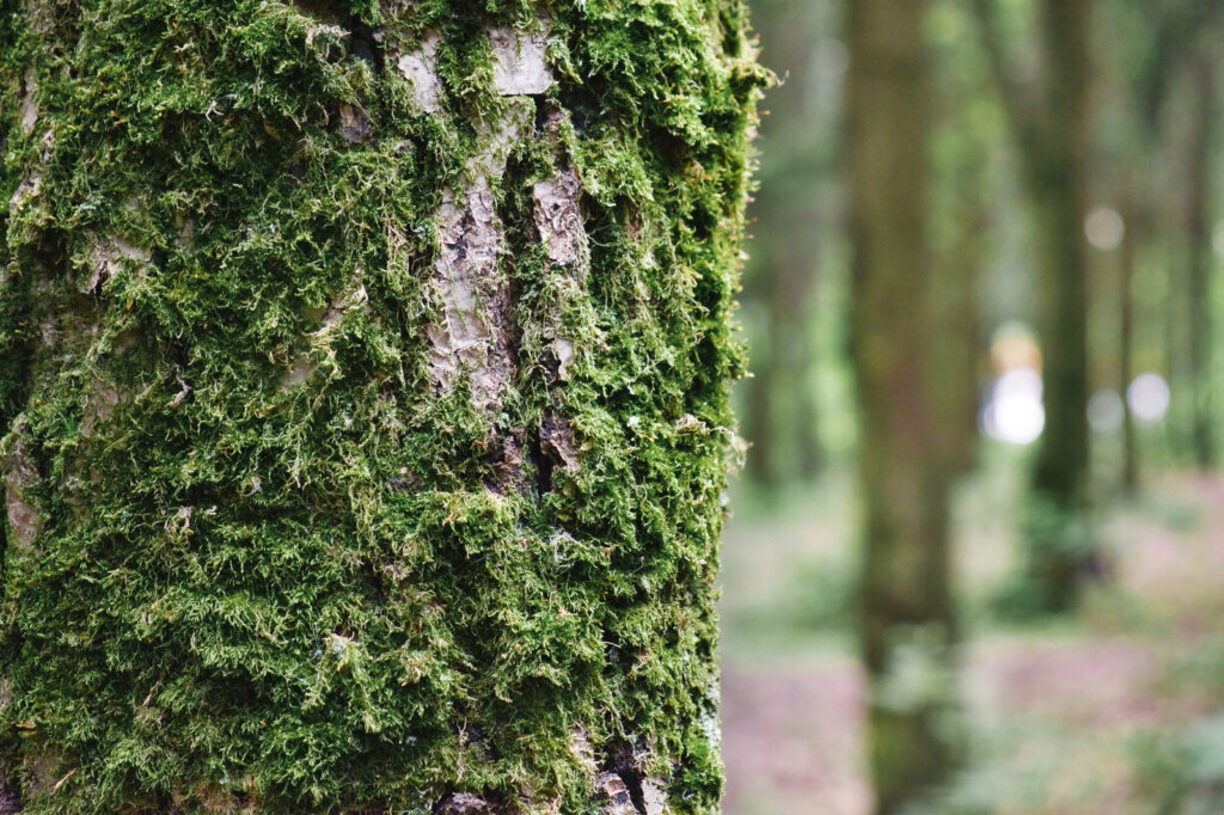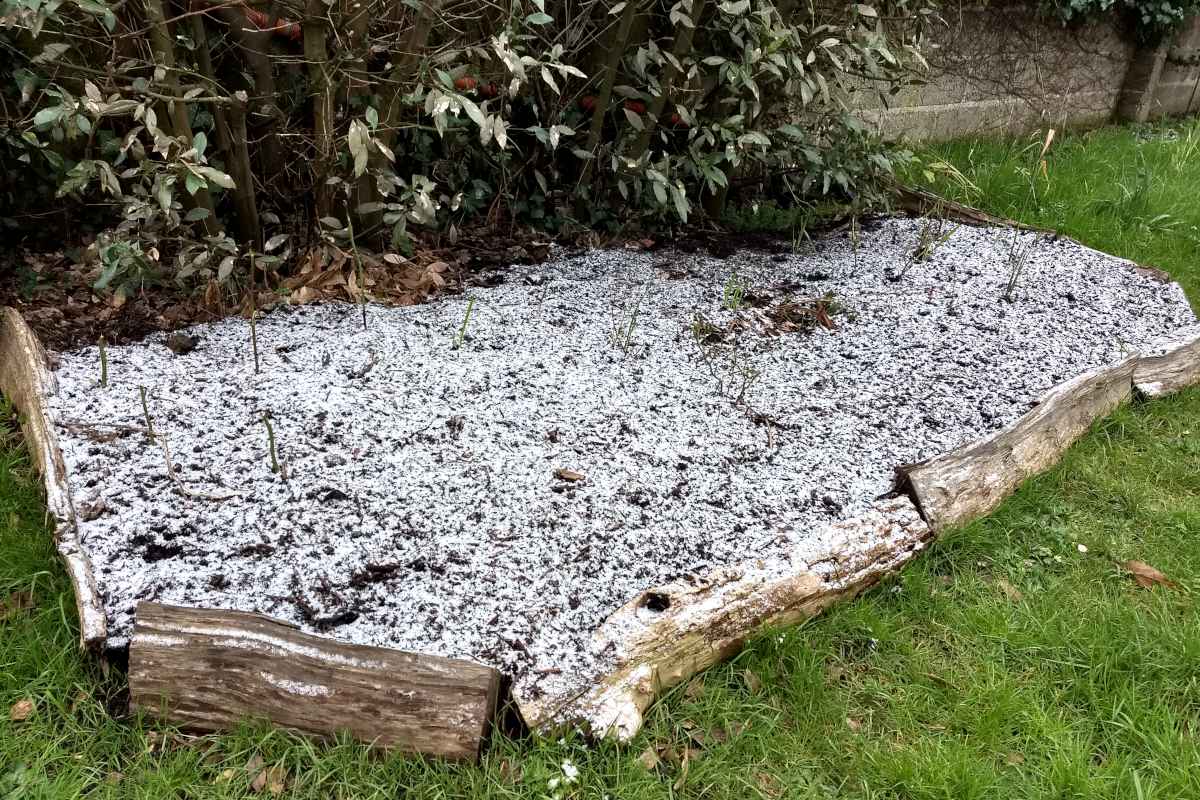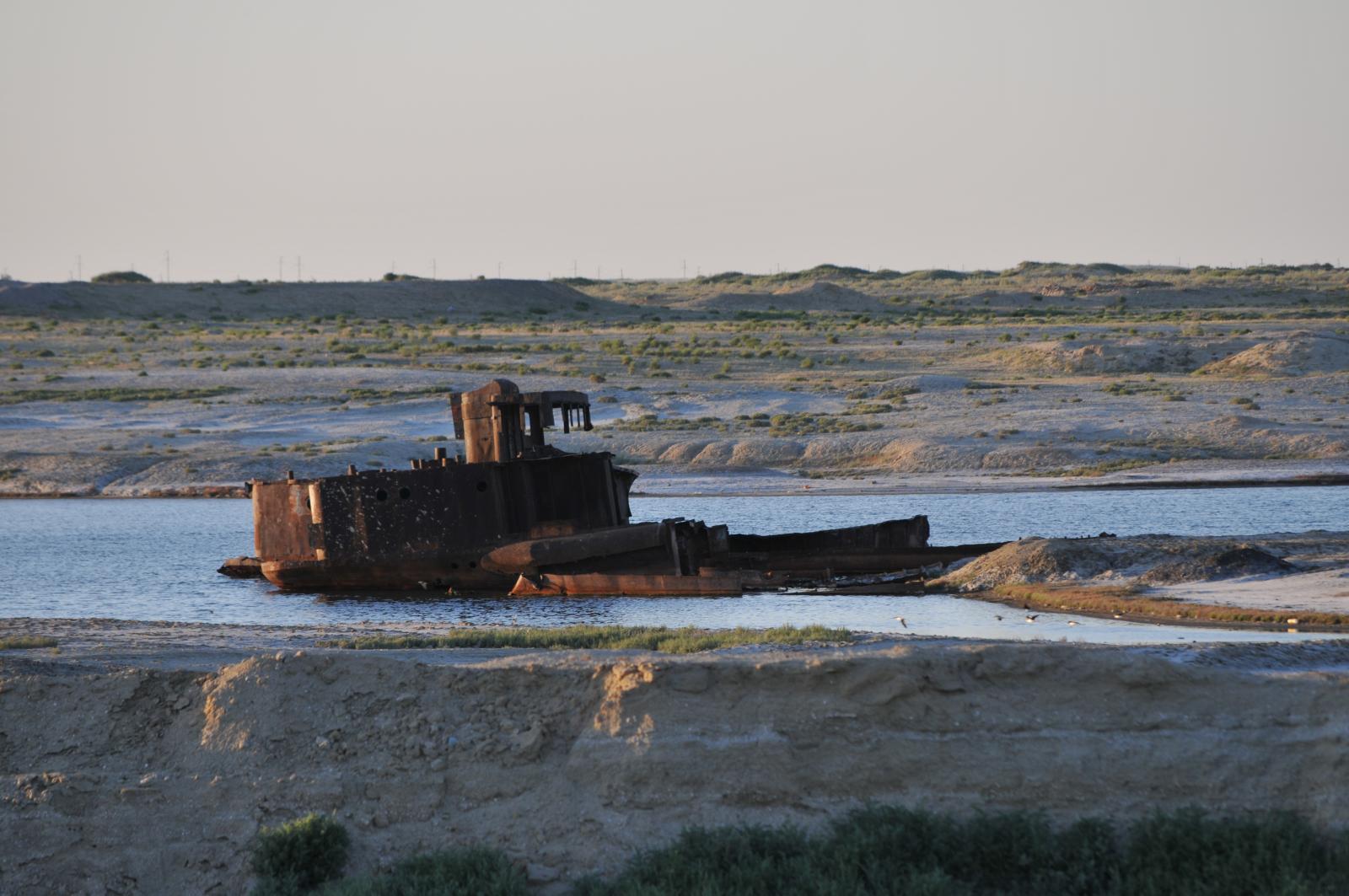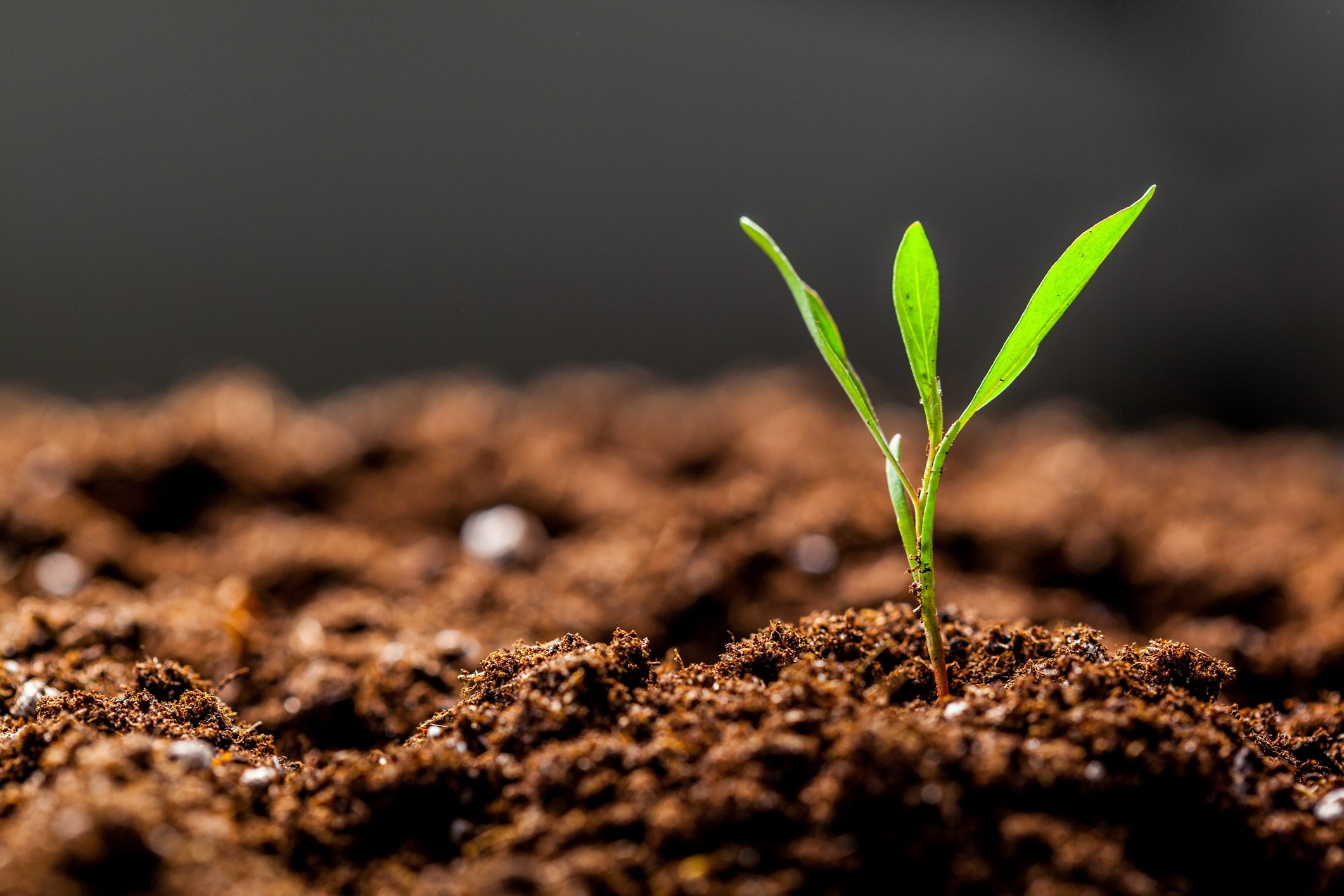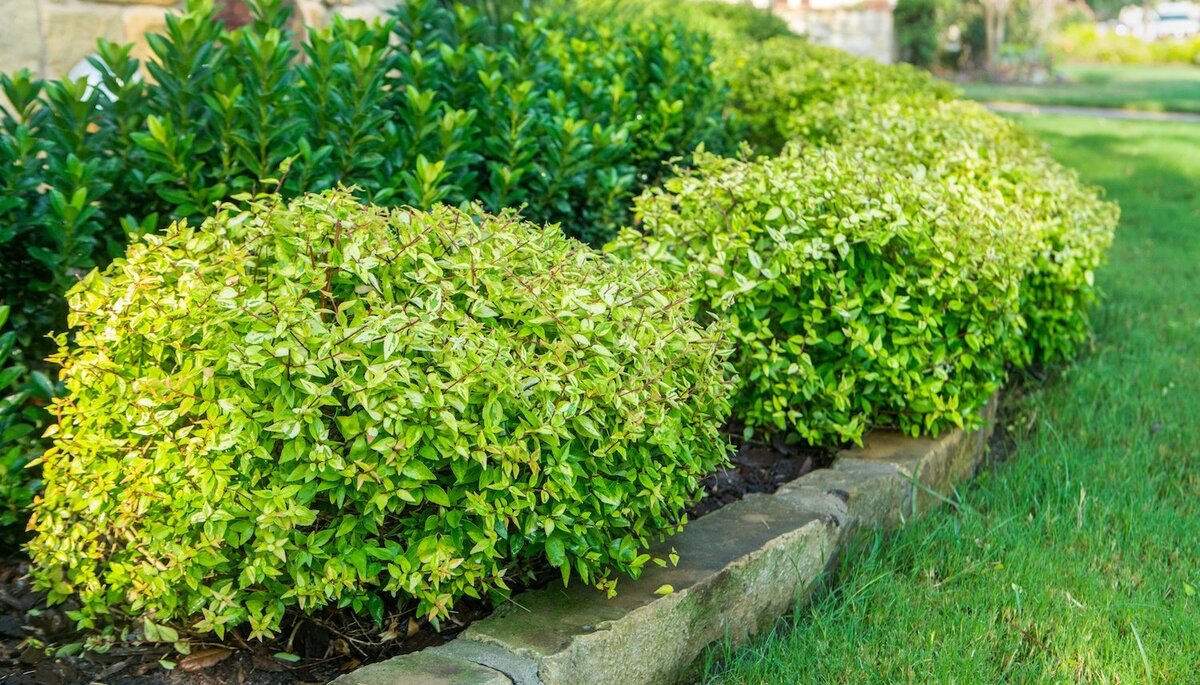Home>Gardening News and Trends>Latest News>Which Climate Only Has Mosses Liches And Shrubs For Its Plant Life


Latest News
Which Climate Only Has Mosses Liches And Shrubs For Its Plant Life
Modified: February 8, 2024
Get the Latest News on the Unique Climate with Mosses, Lichens, and Shrubs as its Plant Life
(Many of the links in this article redirect to a specific reviewed product. Your purchase of these products through affiliate links helps to generate commission for Chicagolandgardening.com, at no extra cost. Learn more)
Table of Contents
Introduction
The plant kingdom is incredibly diverse, with various species flourishing in different climates and environments. From lush rainforests to barren deserts, each climate has its own unique combination of flora. One particular climate that is characterized by its limited plant life is the region dominated by mosses, lichens, and shrubs.
Unlike other climates where trees and flowering plants take center stage, this climate is defined by the prevalence of mosses, lichens, and shrubs. These plants have adapted to thrive in the challenging conditions of this particular climate, which typically includes cool temperatures, high humidity, and a lack of nutrient-rich soil.
In this article, we will delve deeper into the characteristics of the plant life found in this climate. We will explore the dominance of mosses, the unique symbiotic relationship of lichens, and the limited floral diversity represented by shrubs. By understanding the plant life in this climate, we can gain a better appreciation for the remarkable adaptability of vegetation in various environments.
Moss: The Dominant Plant in the Climate
When it comes to plant life in this particular climate, mosses reign supreme. These versatile and resilient plants have adapted to survive and thrive in the challenging conditions of this environment.
One of the reasons mosses dominate this climate is their ability to efficiently absorb water and nutrients from the surrounding air and rain. Their small, thin leaves and thread-like structures enable them to capture moisture effectively, making them highly efficient at retaining water in environments with high humidity.
Mosses also have the remarkable ability to tolerate low light conditions. In the dense canopy of this climate, sunlight penetration is limited, and as a result, most flowering plants struggle to survive. However, mosses have evolved to thrive in low light environments, making them well-suited to this climate.
Furthermore, mosses play an essential role in this ecosystem. They provide important habitat and shelter for various organisms, including insects, small invertebrates, and even microscopic organisms. The dense growth of mosses creates a micro-habitat where these organisms can find nourishment and protection from harsh external conditions.
Another fascinating characteristic of mosses is their ability to grow in vertical orientations, covering trees, rocks, and other surfaces. This not only adds visual interest to the landscape but also contributes to the overall moisture retention and stability of the environment. By clinging to surfaces, mosses prevent soil erosion and play a crucial role in maintaining the fragile balance of this climate.
In summary, mosses are the dominant plant life in this particular climate due to their adaptability to low light conditions, efficient water absorption capabilities, and their ability to create a habitat for other organisms. Their presence is not only aesthetically appealing but also essential for the overall stability and functioning of this unique ecosystem.
Lichens: A Unique Symbiotic Plant Form
In addition to mosses, lichens are another fascinating and distinctive plant form that thrives in this climate. Lichens are not single organisms but rather a unique symbiotic relationship between a fungus and an algae or cyanobacteria.
This partnership between the fungus and the photosynthetic partner enables lichens to withstand the harsh conditions of this climate. The fungal component provides a protective structure and absorbs water and nutrients from the environment, while the photosynthetic partner produces energy through photosynthesis.
One of the remarkable aspects of lichens is their ability to survive in extreme environments such as cold, rocky surfaces and nutrient-poor soils. This resilience is due to the combined efforts of the fungus and the photosynthetic partner. The fungal component helps to break down and release nutrients from rocks and other substrates, making them more accessible for both partners.
Moreover, lichens have the incredible capacity to tolerate desiccation (drying out) and endure long periods without water. This adaptation allows them to withstand the fluctuating moisture levels and limited water availability in this climate. When moisture becomes available, lichens can quickly rehydrate and resume their metabolic activities.
Lichens also play a vital ecological role in this environment. They can colonize barren surfaces and initiate the process of soil formation by breaking down rocks and contributing organic matter to the soil. This process, known as biological weathering, not only contributes to the formation of soil but also enables other plant forms, such as mosses and shrubs, to establish themselves in the area.
It is worth noting that lichens are highly sensitive to air pollution. Their presence, or lack thereof, can serve as an indicator of air quality. This makes them valuable bioindicators for environmental monitoring and assessment.
In summary, lichens are a remarkable and unique plant form in this climate. Their symbiotic relationship between the fungus and photosynthesizing partner enables them to survive and adapt to the challenging conditions. They contribute to soil formation, play a crucial ecological role, and serve as indicators of environmental health.
Shrubs: The Limited Floral Diversity
While mosses and lichens dominate the plant life in this climate, shrubs make up the limited floral diversity that exists in this environment. Unlike the towering trees and colorful flowers found in other climates, the shrubs in this region have adapted to the unique conditions and limitations of this specific climate.
One of the defining characteristics of shrubs in this climate is their compact and low-growing nature. They tend to have short stems and branches, allowing them to withstand the strong winds and harsh weather conditions that are common in this environment. By maintaining a low profile, shrubs reduce their vulnerability to wind damage and minimize water loss through leaf transpiration.
Another adaptation of shrubs in this climate is their ability to survive in nutrient-poor soils. These plants have developed specialized root systems that enable them to absorb and store nutrients efficiently, allowing them to thrive despite the limited availability of essential minerals.
Furthermore, shrubs in this climate often have small, thick, and leathery leaves that are well-suited to retain moisture. These leaves have a waxy coating that prevents excessive water loss and protects the plant from dehydration. The reduced surface area also helps to minimize heat absorption, allowing the shrubs to withstand the high temperatures that can occur in this climate.
Although the floral diversity in this climate is limited to shrubs, they still provide important ecological functions. Their growth habit and dense foliage create microhabitats and provide shelter for various small animals and insects. Additionally, shrubs contribute to the overall stability of the ecosystem by preventing soil erosion and providing food and nesting sites for birds and other wildlife.
Furthermore, the reproductive strategies of shrubs are well-suited to the environment they inhabit. Many shrubs in this climate rely on asexual propagation, such as vegetative reproduction or suckering, to ensure the survival and continued growth of their populations. This adaptation allows shrubs to effectively colonize and expand their presence in the limited suitable habitats within this climate.
In summary, shrubs represent the limited floral diversity in this particular climate. Their compact nature, nutrient-efficient root systems, and adaptations to withstand harsh weather conditions make them well-suited to thrive in this environment. While their presence may be less diverse compared to other climates, shrubs still play a crucial role in providing habitat, preventing erosion, and supporting the overall ecological balance of this unique ecosystem.
Conclusion
The climate dominated by mosses, lichens, and shrubs is a unique and fascinating ecosystem that showcases the adaptability and resilience of plant life. Mosses, with their ability to efficiently absorb water and thrive in low light conditions, are the primary plant form in this climate. They not only add visual interest but also create microhabitats for various organisms.
Lichens, a symbiotic combination of fungi and algae or cyanobacteria, are another remarkable plant form in this environment. They can survive in extreme conditions, contribute to soil formation, and serve as bioindicators of air quality. Their ability to withstand desiccation and adapt to nutrient-poor soils is nothing short of impressive.
Although floral diversity is limited in this climate, shrubs play a crucial role. Their compact structure, nutrient-efficient roots, and adaptations to harsh weather conditions allow them to thrive. They provide support to the ecosystem by preventing soil erosion and creating habitats for small animals and insects.
Together, these plant forms, mosses, lichens, and shrubs, create a delicate balance in this unique climate. They have adapted to survive and thrive in the challenging conditions, showcasing the diversity and resilience of plant life in various environments.
By understanding the characteristics and significance of mosses, lichens, and shrubs in this climate, we can gain a deeper appreciation for the intricate beauty and functionality of plant life. As stewards of the environment, it is crucial to recognize and protect these delicate ecosystems to ensure the continued survival of these remarkable plant forms.
So, next time you encounter a climate dominated by mosses, lichens, and shrubs, take a moment to marvel at the adaptability and uniqueness of the plant life that flourishes there.
